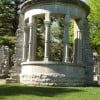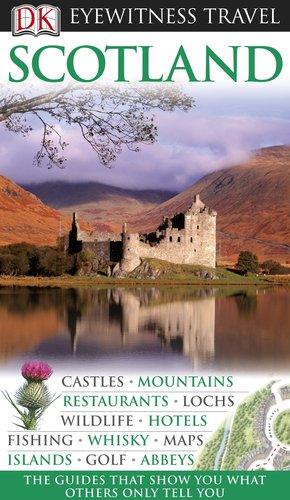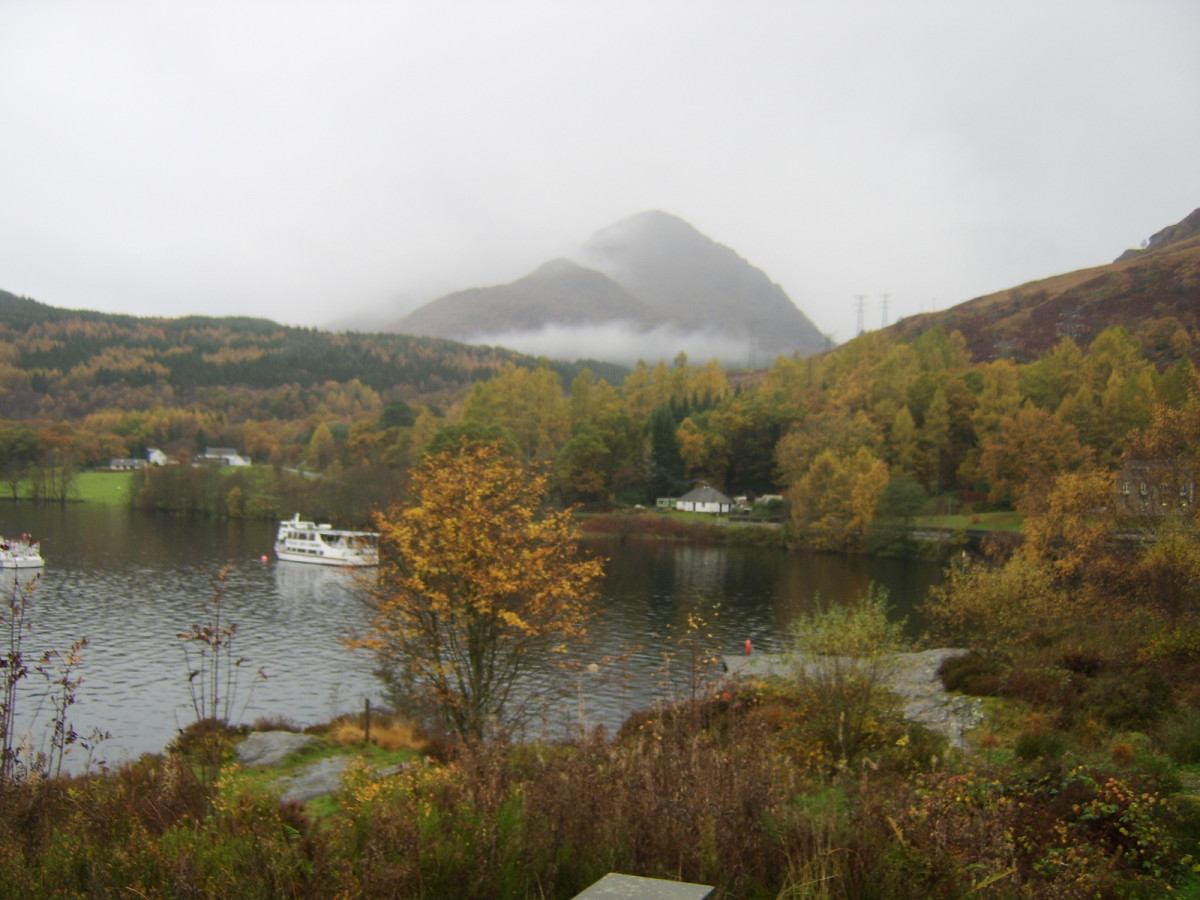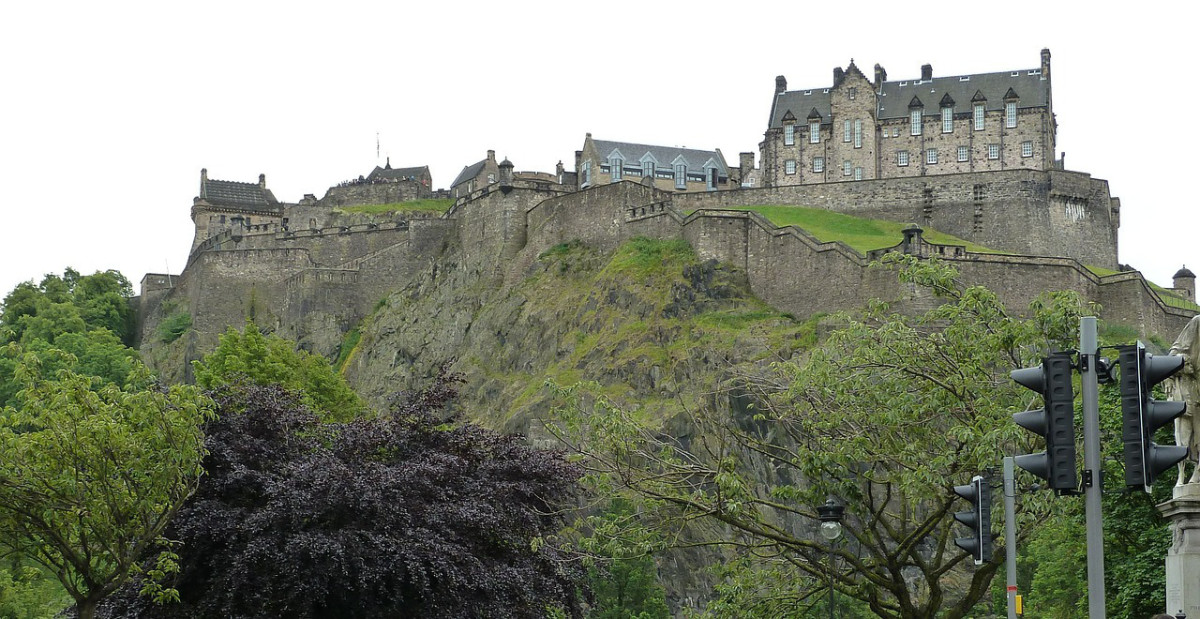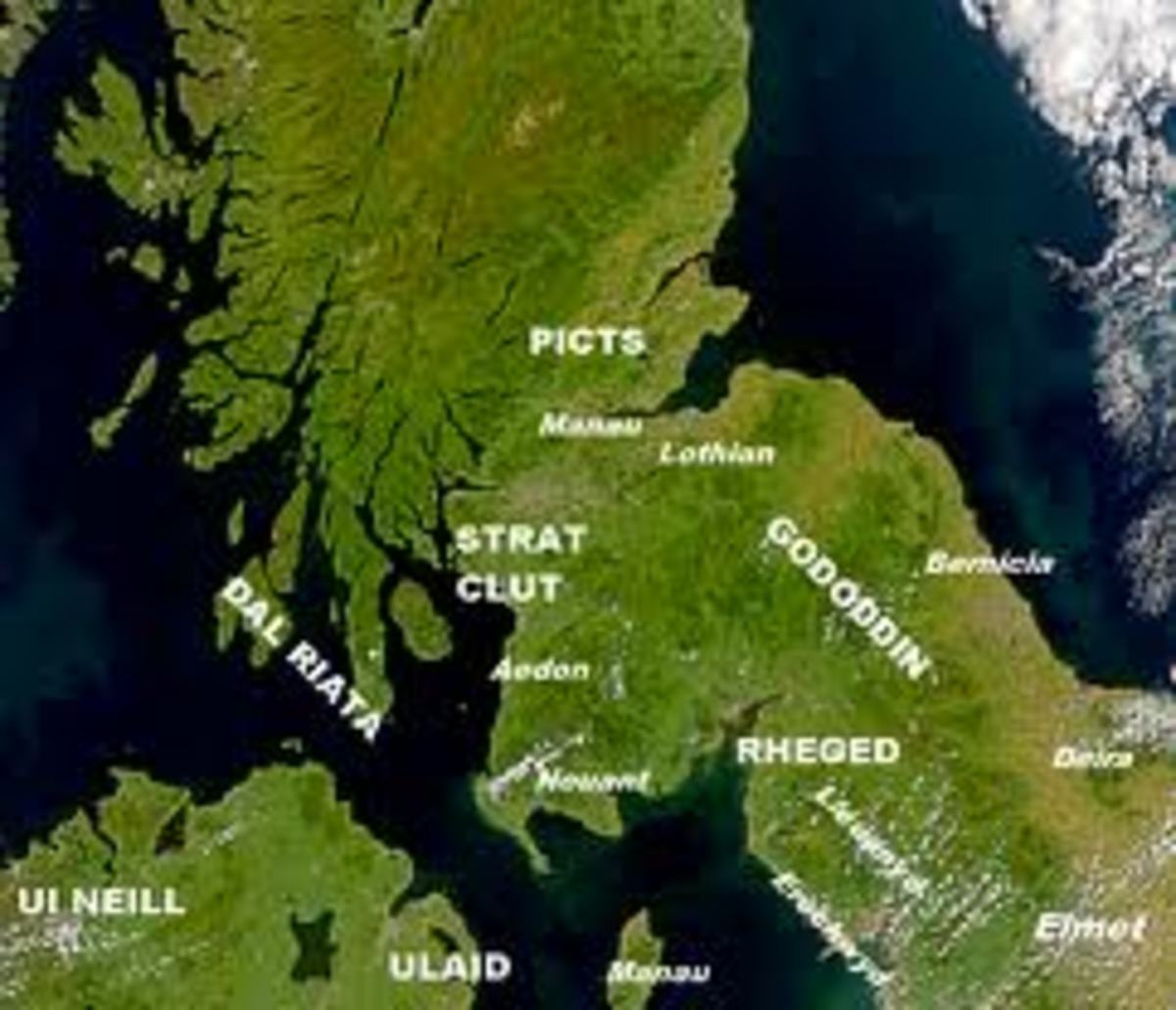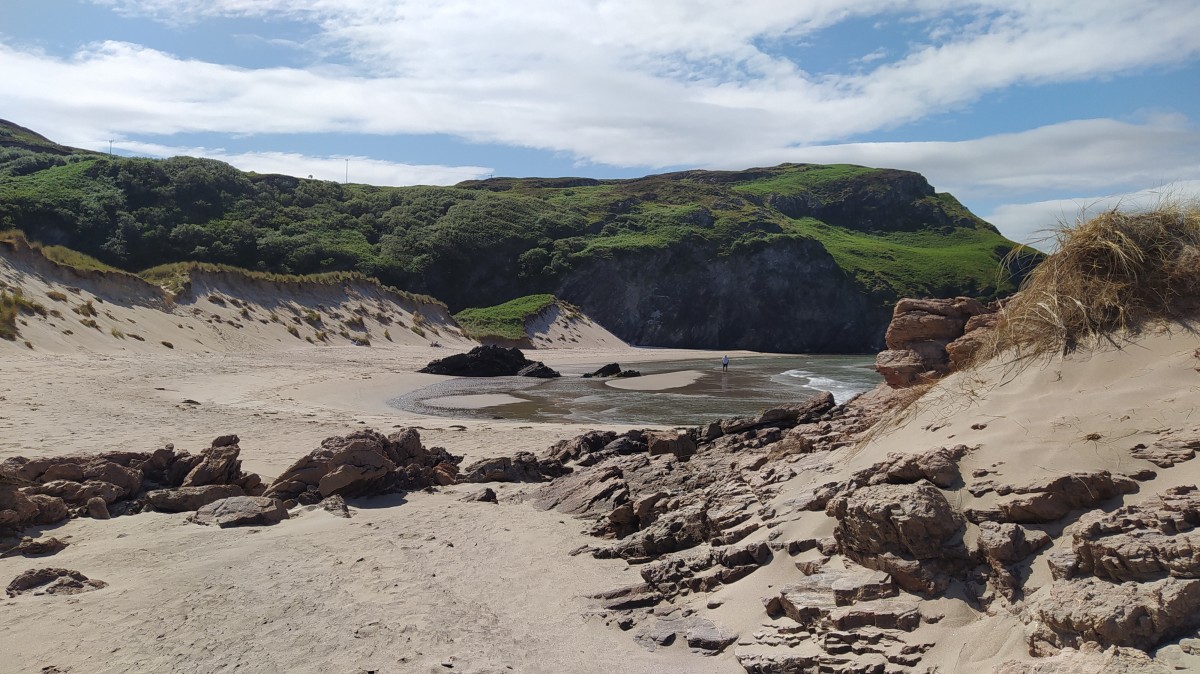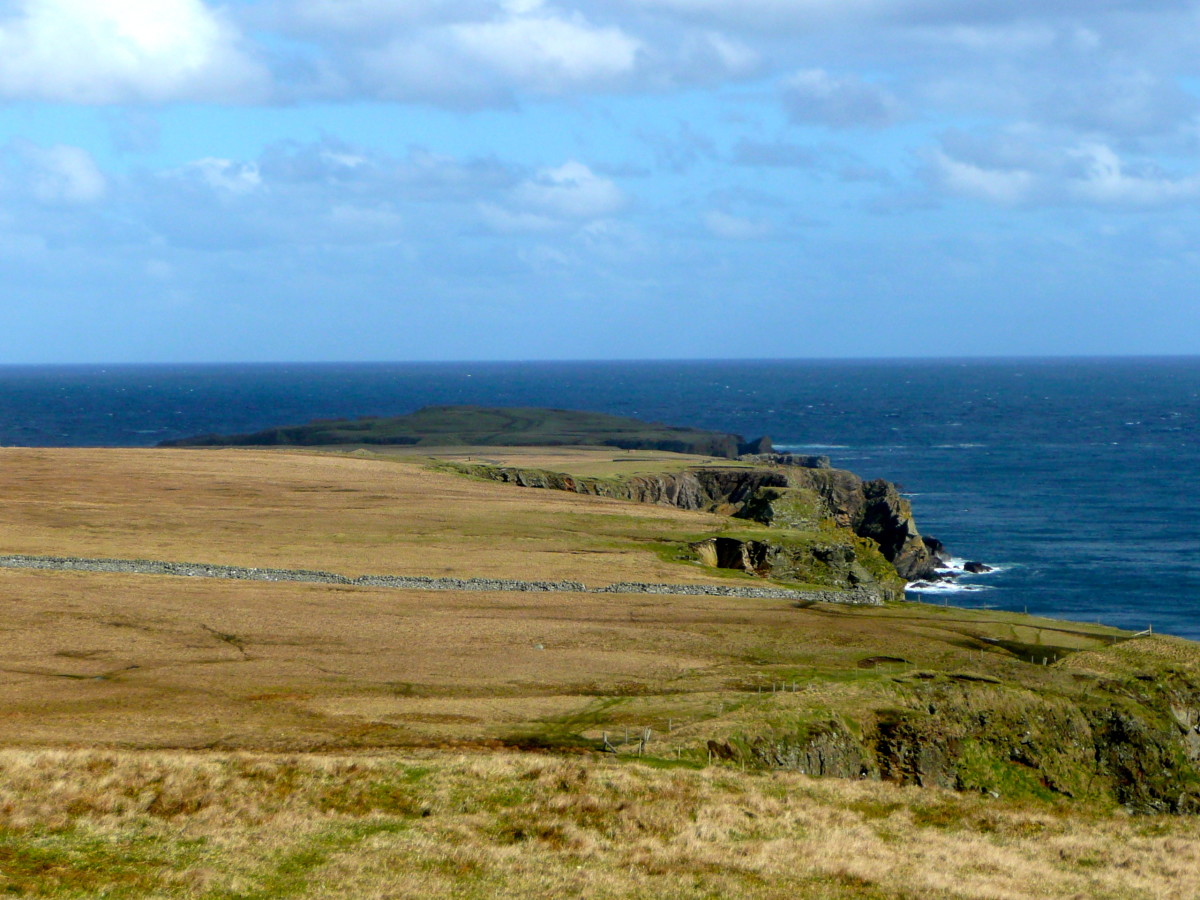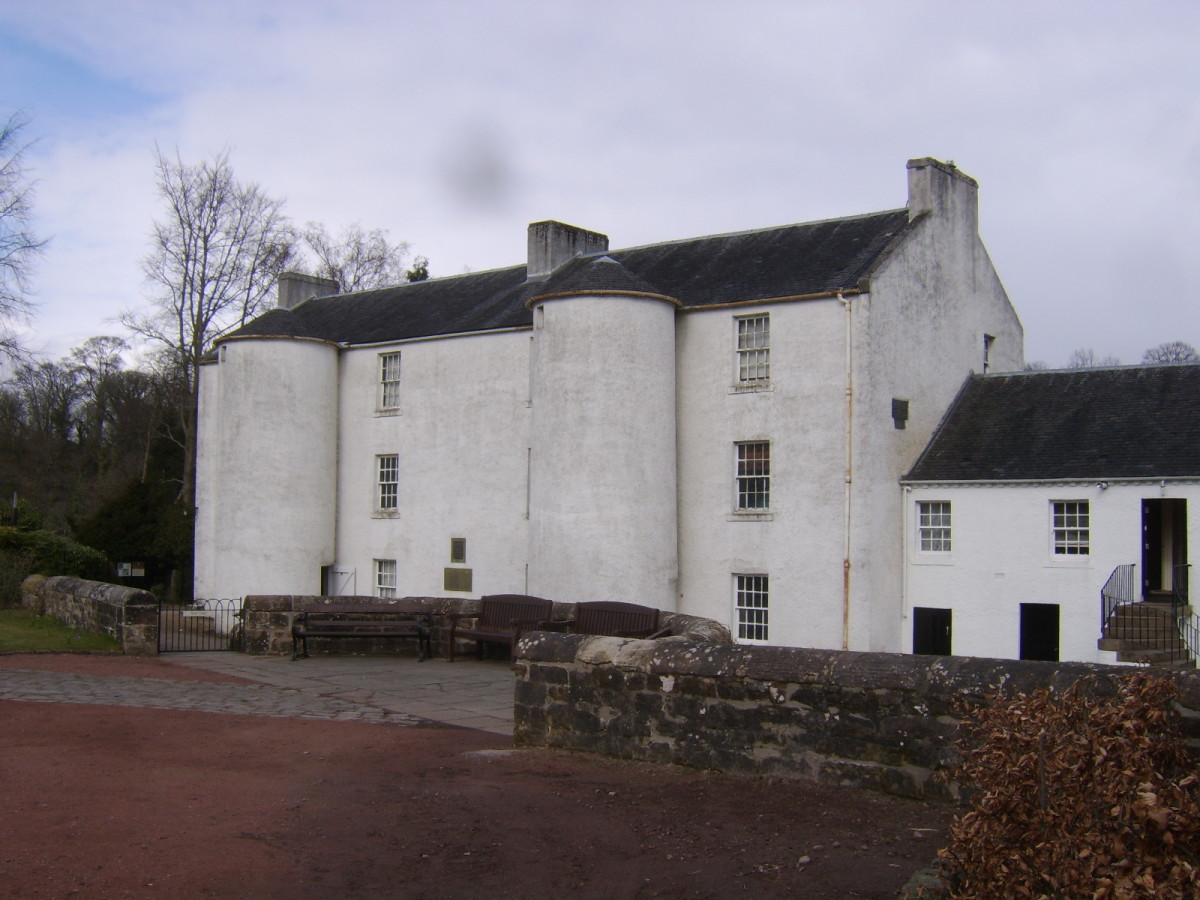- HubPages»
- Travel and Places»
- Visiting Europe»
- United Kingdom
Visiting Dunfermline, Scotland: fine, civic architecture and memories of Andrew Carnegie

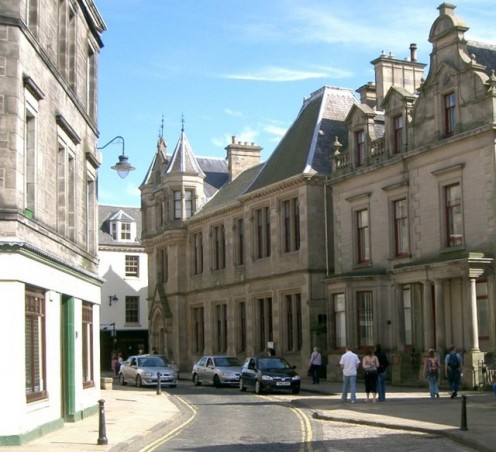
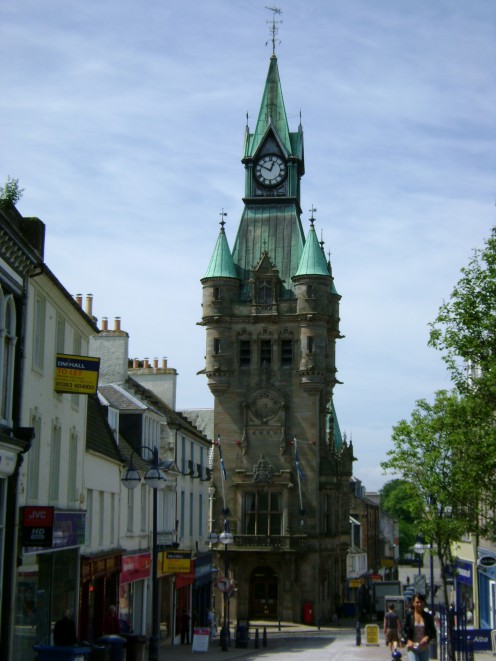
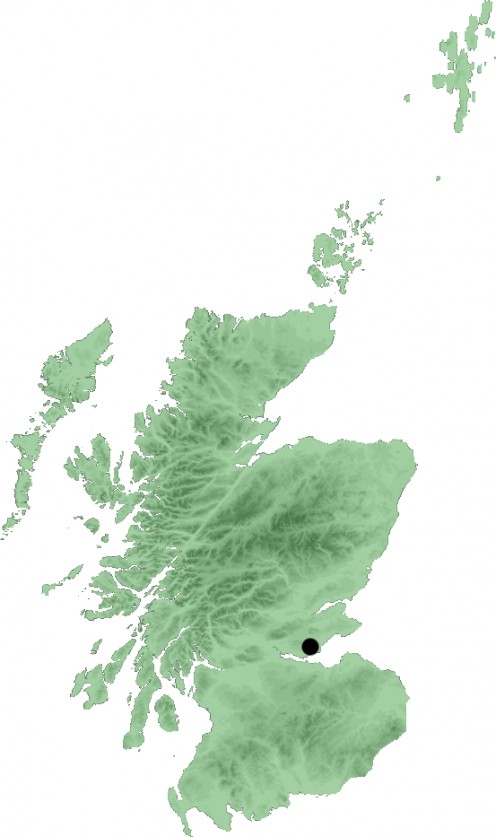
Civic grace in Scotland's former capital
Many North Americans will first and foremost remember Scotland's Dunfermline as the birthplace of the industrialist and philanthropist Andrew Carnegie (1835-1919). As is very well known also, Carnegie made part of his fortune in the Pittsburgh, Penn., steel industry, and subsequently gave away a large portion of it.
Carnegie Library
However,it is maybe less well known that, among the numerous cultural benefactions which Carnegie made in North America and the United Kingdom, Dunfermline was the site of his first Carnegie Library.
This Library continues to function today, and is located in Abbot Street.
Andrew Carnegie Birthplace Museum
This museum is situated in Moodie Street. Andrew Carnegie came from a weaving family and the museum maintains periodic weaving demonstrations.
The museum facilities in the cottage in which Carnegie was born in 1835 has been upgraded in recent years.
City Chambers
This building was constructed from 1875-79. Its styles have been described as a mixture of Scottish Baronial, French and Gothic styles.
Its tower features a four faced clock. This tower is a noted landmark in and around the downtown area of Dunfermline.
The architect for the City Chambers was James C. Walker, who also designed the Carnegie Library (see above). The building has a number of busts of Scottish monarchs.
Other buildings of note
Among Dunfermline's many buildings of note are:
Dunfermline Abbey , burial place of a number of Scottish kings, including Robert the Bruce. Dunfermline is a former capital of Scotland.
Dunfermline Palace , situated adjacent to Dunfermline Abbey, witnessed many momentous events in Scottish history, including the birth of King Charles I. It has been derelict since 1708.
Pittencrieff Park contains a statue of Andrew Carnegie, who purchased and subsequently presented the park to the people of Dunfermline. It also contains the Pittencrieff House Museum, within Pittencrieff House, built in 1635.
Also worth seeing
Edinburgh (distance: 28 kilometres), Scotland's magnificent capital, with its Castle, Royal Mile, Scott Monument, John Knox's House, St. Giles Cathedral and many other sights, offers outstanding opportunities for visitors.
Glasgow (distance: 64 kilometres); as Scotland's largest city, Glasgow's places of architectural and historic interest abound, including its City Chambers, St Mungo's Cathedral, Glasgow University and excellent museums.
Stirling (distance: 39 kilometres) with its hilltop Castle where a number of Scottish monarchs, including Mary, Queen of Scots, were crowned, and its imposing Wallace Monument, offers impressive historical allusions to visitors particularly interested in Scotland's past.
Blantyre (distance: 66 kilometres), has the David Livingstone Centre, operated by the National Trust for Scotland, at the 1813 birthplace of the Scottish explorer and missionary, whose name it bears, and whose portrait has featured on some Scottish banknotes.
...
How to get there: United Airlines flies from New York Newark to both Glasgow and Edinburgh Airports, where car rental is available. Rail services connect Glasgow and Edinburgh with Dunfermline. Please note that facilities mentioned may be withdrawn without notice. Please check with the airline or your travel agent for up to date information.
MJFenn is an independent travel writer based in Ontario, Canada.
Other of my hubpages may also be of interest
- Visiting the City Hall at Northern Ireland's Belfast: domed magnificence
Belfast's massive, domed City Hall, in Donegall Square, is virtually obligatory on the itinerary of any visitor to Northern Ireland's chief city. In any case, it's hard to miss. Its monumental form in... - Visiting College Green, in Dublin, Ireland: the old Parliament and the old University at the centre
I think College Green (Irish: Faiche an Choliste ) in Ireland's capital, Dublin (Irish: Baile tha Cliath ) is a very special spot. It is where two remarkable buildings are situated. Both buildings of... - Visiting St. David's, Wales: Cathedral village on the edge
So I came to the cathedral city of St. David's , in Wales. Actually it's a village. But St. David's (Welsh: Tyddewi ) has a cathedral and in British calculations this is enough to qualify it as a city.... - Visiting Lydd, England: aviation heritage and Medieval Cinque Port associations
Lydd, in England's County of Kent, has heritage both from the world of aviation but also dating from the Middle Ages. Aviation heritage Its very proximity to the English Channel made it an ideal base for... - Visiting the Principality of Monaco: witnessing the changing of the Prince's military guard
Monaco's military and security matters have always been a serious business in the Principality. In the Middle Ages, by virtue of the Rock of Monaco's isolation and near-impregnability on the...
